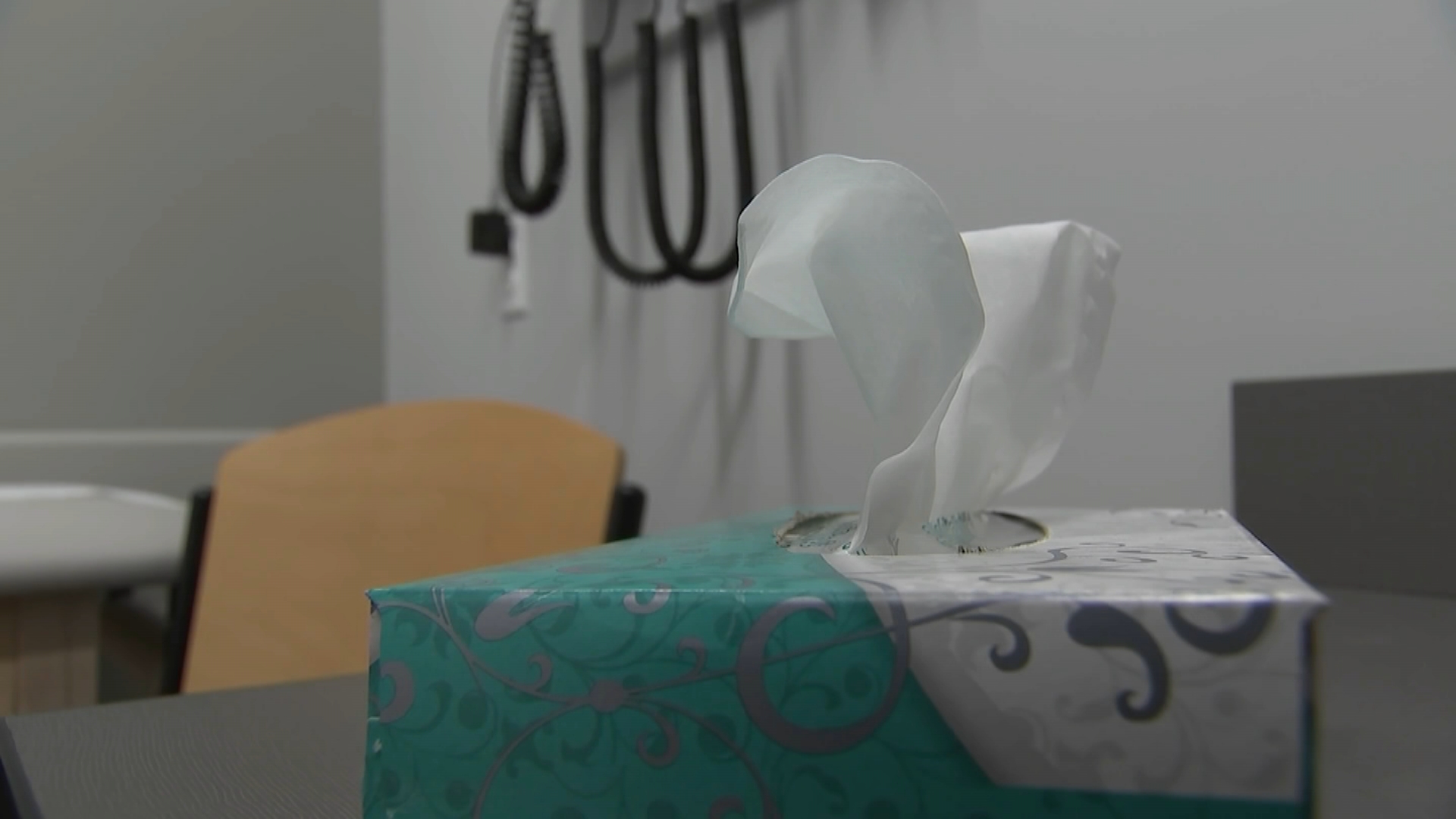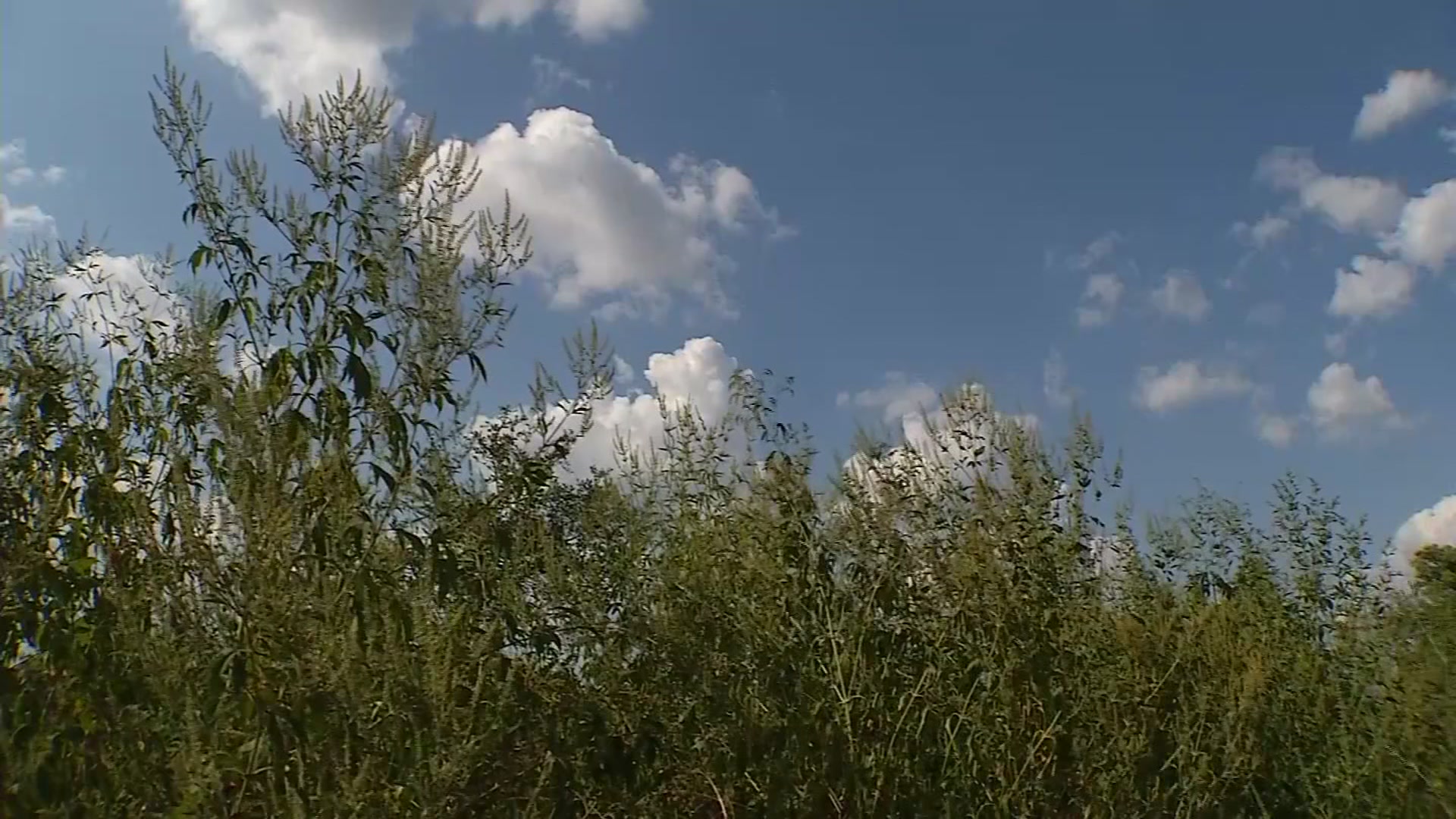A new COVID variant being monitored by health officials and spreading in multiple countries is bringing with it a new symptom that could be confusing for some this time of year -- itchy eyes.
The newest variant to emerge from the pandemic, which has been deemed even more transmissible than its predecessors, is called the "Arcturus" variant. Like many of its predecessors, it's an omicron subvariant also known as XBB.1.16.
The World Health Organization deemed the new strain a "variant under monitoring" beginning on March 22, and as of Friday, cases have been confirmed in around 20 countries.
"It’s actually very similar in profile to XBB.1.5. It has one additional mutational mutation in the spike protein which in lab studies shows increase infectivity, as well as potential increased pathogenicity," Maria Van Kerkhove, the WHO’s Technical Lead on COVID-19, said during a press conference late last month. "So, it’s one that we are monitoring and we’re monitoring it because it has potential changes that we need to keep a good eye out on."
Feeling out of the loop? We'll catch you up on the Chicago news you need to know. Sign up for the weekly Chicago Catch-Up newsletter here.
The variant, which has been in circulation for a few months, was described by Van Kerkhove as "one to watch," but officials said while it does have a higher transmissibility rate than previous strains, it has not yet shown signs of more severe illness.
"We haven’t seen a change in severity in individuals or in populations, but that’s why we have these systems in place, systems to track the variants, global collaborations to assess transmissibility, immune escape, severity and the impact of any of our interventions including diagnostics, therapeutics and vaccines," Van Kerkhove said. "So, we have to remain vigilant and we will continue to work with our Member States as we transition all of the pillars of the response because everything that we are doing for COVID-19 is pandemic preparedness for the future."
The variant stands out, however, for bringing a new COVID symptom - conjunctivitis, known as red or pink eye, which is often combined with itchiness.
The new symptom's arrival also comes during the start of allergy season, which can lead to much confusion.
In countries where its prevalence has climbed, including India, itchy or "sticky" eyes have been most often reported in children.
"Arcturus" is responsible for a surge in case counts in parts of the world, including India.
As of March 29, at least 800 cases had been confirmed in 22 countries.
XBB.1.116 has surfaced in the U.S., and although it hasn't led to high case numbers, there's the possibility the strain "may become more prominent in coming weeks," said Dr. Matthew Binnicker, director of the Clinical Virology Laboratory at the Mayo Clinic.
In fact, newly-released data from the Centers for Disease Control and Prevention shows the virus' spread has grown nationwide since it first surfaced. As of Friday, XBB.1.16 accounted for 7.2% of all U.S. COVID cases beginning the week of April 9, marking an increase from 3.9% a week prior. Overall, a different variant, XBB 1.5, called Kraken, remains the most common nationwide by far.

Out of the 10 health care regions defined by the CDC, XBB.1.16 appears to be the most prevalent in Region 6, which includes Arkansas, Louisiana, New Mexico, Oklahoma and Texas. There, it made up 21.3% of all COVID cases from the week beginning April 9.
While present in the Midwest, the variant's spread appears to be much lower. In Region 5, which encompasses Illinois, Indiana, Michigan, Minnesota, Ohio and Wisconsin, "Arcturus" accounts for 6% of all COVID cases - nearly double the 3.1% from the week before.
On a nationwide scale and in Illinois, case numbers of respiratory infections, including COVID, have dropped in recent weeks due to the spring-like weather and many people spending more time outdoors.
Data released Friday by the Illinois Department of Public Health provided a look at improvements during the most recent week, specifically regarding COVID community level status. As of Friday, only six counties were at medium community level status for COVID, compared to 14 a week ago. There were no counties at high level status - for the fourth week in a row.
Higher levels of infectivity are being reported with newer variants, but overall, they tend to be causing less severe disease, which is likely the result of higher vaccination rates, higher rates of immunity from prior infection and lower pathogenicity of recent variants, according to the Mayo Clinic.
Despite COVID rates being at a low level, doctors still insist that people adhere to COVID prevention measures, which include washing your hands frequently, avoiding close contact with people who are sick and staying home if you feel sick or have any COVID symptoms.



